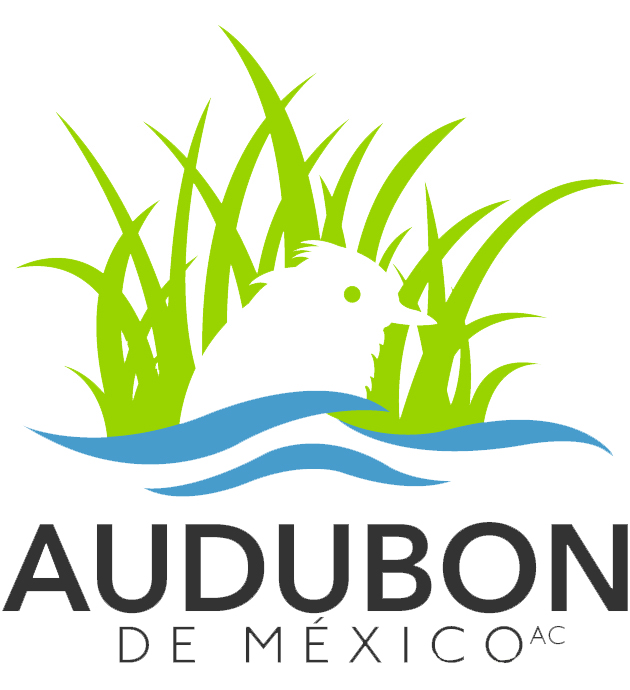Volunteer to Save a tree
Our “Save Our Trees” initiative is dedicated to preserving the health and beauty of native trees and the ecological services they provide. We work at Parque Landeta and the Presa Allende, where hundreds of trees are under threat from invasive plant species that compromise their survival and the biodiversity around them.
We urgently need your help to protect these trees, by removing these invasive plants and helping them to return to health. Together, we can make a lasting impact on our environment, protect ecosystem health, and leave a legacy for future generations.
Volunteer with us to Save Our Trees and be part of a movement to restore and protect our precious trees and green spaces.
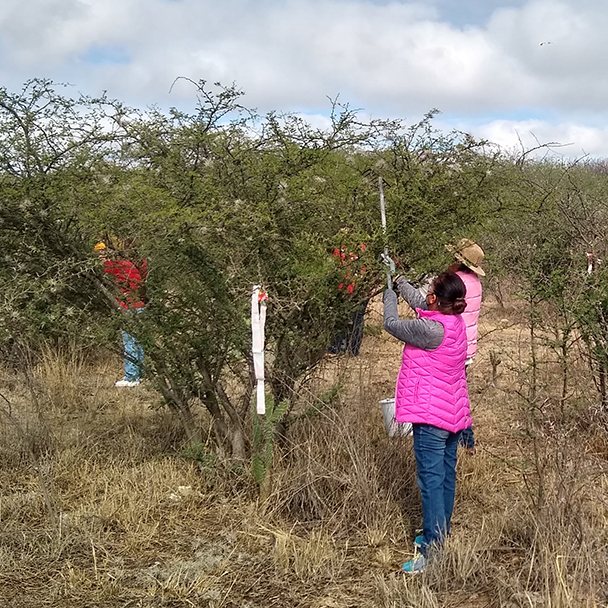
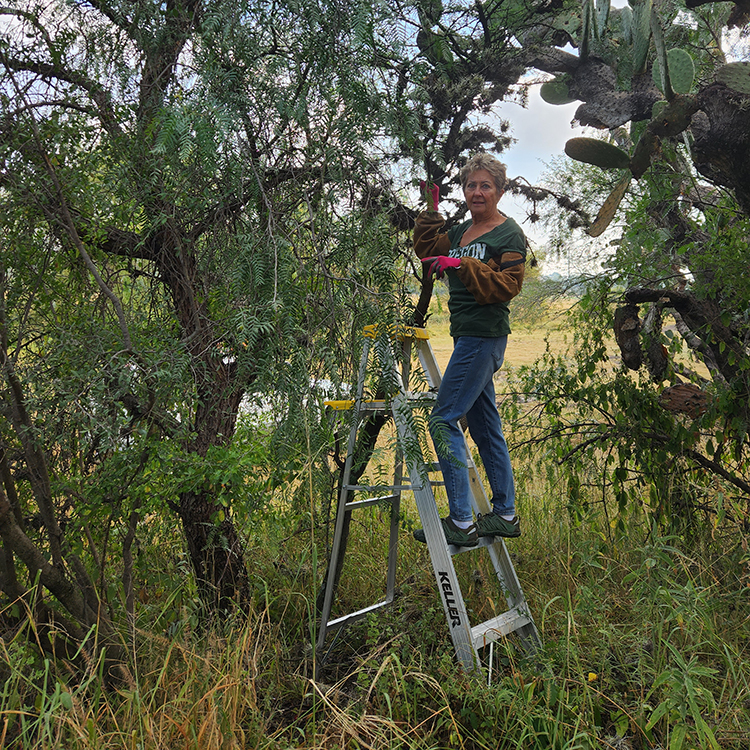
Monthly Tree Cleaning – JULY 26 & 27
Invite your friends, family and neighbors to join you in removing invasive plants from our native trees. We promise you will find this a valuable and rewarding experience.
We supply all the equipment, but if you have a good tree pruning saw and/or a ladder, please bring them!
HOURS: 8:30am until 11:30 am.
LOCATION: Parque Landeta (map)
RSVP: Please let us know you are coming by sending us an email (address below). Include:
- Tree cleaning July, 2025 in the subject line
- Your name
- The names of others who will be coming with you
- The date you are volunteering for. July 26 0r 27 (or both!)
- If you would like a ride to the park (we will try, but can’t promise!)
RSVP to: audubondemexico@gmail.com
Together we can save our native trees.

Trees are invaluable
It is not possible to overstate the value of a tree.
When they breathes out, it helps us breathe in. Their canopies shade us from the sun and provide sanctuary during rainstorms. Their roots hold soil in place and provide nutrients to the soil. Their leaves, fruit and seeds are a source of food and medicine for people and animals. Their strong branches support nests and roosts for animals on the hunt or needing a rest. Their different shapes, sizes, textures and vibrant colors contribute beauty to the landscape and you probably won’t be surprised to know that being around trees can actually chase our blues away.
What’s more, trees are one of our best natural defenses against climate change, desertification and the water scarcity challenges that are hurtling toward us.
For all of these reasons, and for the sake of the trees themselves, Audubon de Mexico is operating a community Save a Tree program.
Importance of native trees
Our native are well adapted to long periods of drought and have developed uniquely beneficial relationships with our native fauna. As members of the legume family, they add nitrogen to the soil which is an essential nutrient for the growth of all plant life.
Native trees need our help
Our native Mesquite and Huizaches are suffering from an epidemic of Paxtle (Tillandsia Recurvata), commonly known as la Plaga and two species of invasive mistletoe.
Paxtle, is a plant that survives on air, but uses trees (and other surfaces) as a structure to live upon. In small quantities it is not harmful to trees, but right now thousands of native trees in San Miguel are covered with large colonies of Paxtle, which blocks the sunlight they need to produce food, leaves and seeds. Eventually these trees will weaken, lose their ability to reproduce and ultimately die.
Mistletoe is a parasite that toots itself into a tree branch, stealing water and minerals at the tree’s expense. When combined with other significant stresses, such as drought, injury or the presence of other plagues, death can occur.
If these plagues are not addressed, we stand to lose what remains of our urban forests and individual native trees throughout our community.
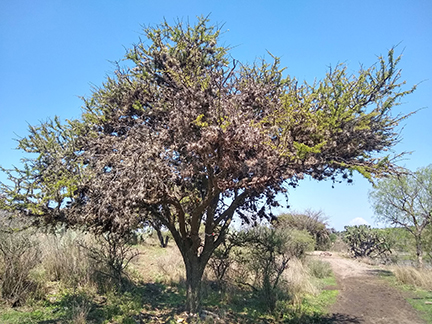
The time to act is now!
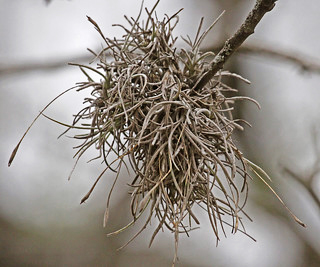
Paxtle, Tillandsia recurvata
Research on the negative effects of Tillandsia recurvata

Contribute to Save a Tree
Donate to our cause to save trees and preserve the nature of San Miguel through an annual Audubon membership contribution or making a donation to help us sustain this program and the work of Audubon.
We need to purchase more tree-cleaning equipment, such as ladders, gloves, pruning saws and more.
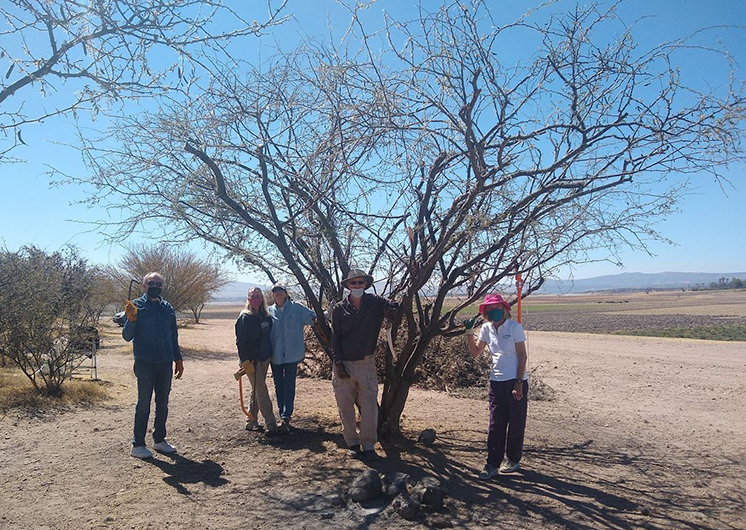
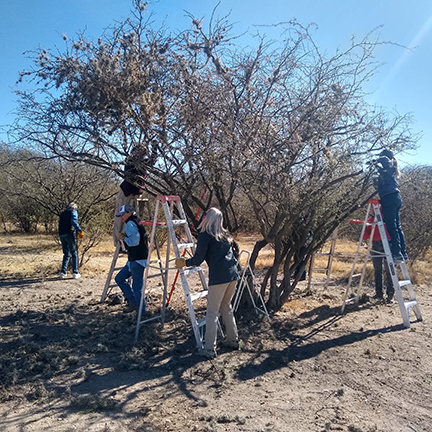
Top photo: February, 2021
Heavily infested tree during the process of cleaning. Note the absence of leaves and flowers, which were present on nearby healthy trees.
Photo at right: April, 2021
Two months after it was cleaned and pruned, the tree was in full leaf.
Cleaning trees works!
To test the value and process of cleaning trees, in February 2021 we led a clean-up supported by thirty volunteers. With an engaged, responsive volunteer crew, pruners, saws and ladders we removed infestations of Paxtle in 30 trees in just one day. And what’s more, the results of this effort were impressive. Returning to the site six weeks later, we discovered that the cleaned trees, which in February were lacking leaves, had fully burst into leaf. We now have three years of experience and the trees that we have cleaned are now healthy and beautiful.
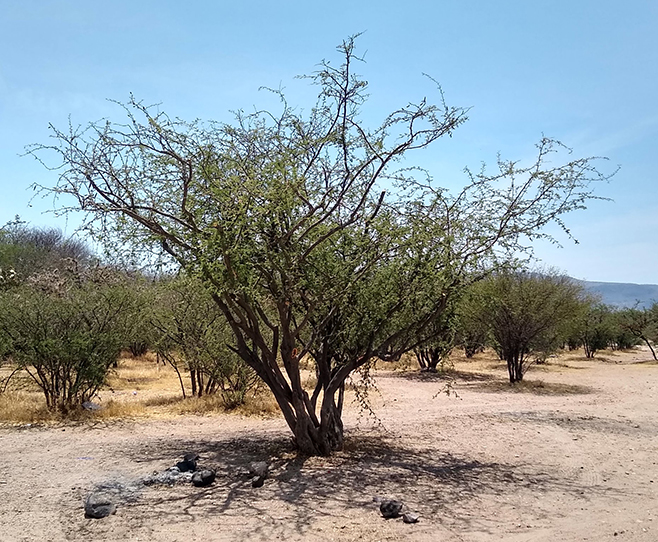
Tree Inventory
In June, 2021 Audubon board members worked with two groups of youth volunteers with San Miguelense Chingon to inventory trees at Parque Landeta. We tagged and counted the trees heavily infested Paxtle in a section of the park and used Google Maps to estimate the total number of trees at risk within the entire park. As many as 1400 trees are at risk, right now.
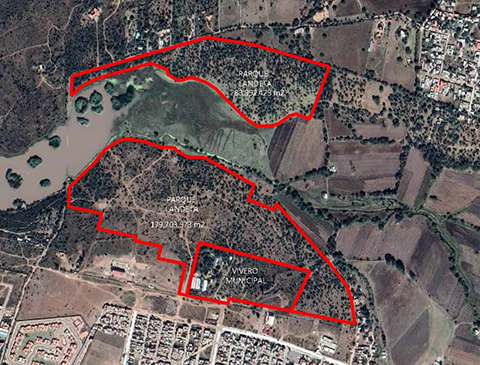
Parque Landeta - 1400 trees at risk from Paxtle
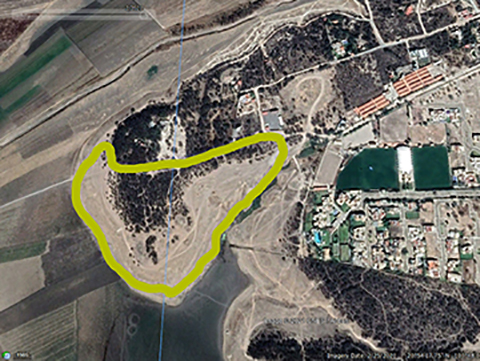
The Peninsula - 600 trees at risk from Paxtle
Subscribe to our newsletter
Our monthly newsletter will keep you up to date on our scheduled events, our work, and features monthly nature-related articles.
